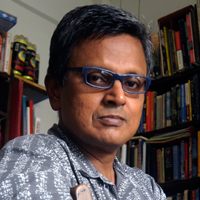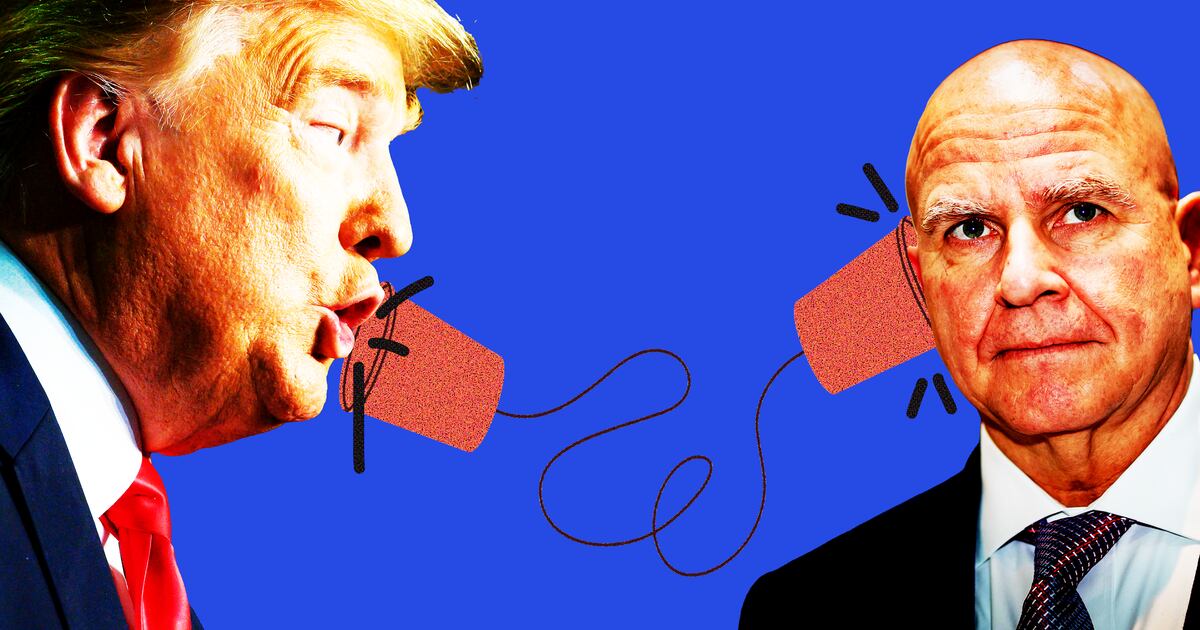On a drizzly Sunday morning, a police SUV raced up to the entrance to a “holiday court” in suburban Mumbai and disgorged a small flood of burly khaki-clad cops. Somewhere in their midst was a short, slight man—without his thick beard, he might have been a teenager—in a black kurta, jeans and (I found out later) distinctive pointed shoes.

For a moment, his upraised arm was all we could see of him, long slender fingers flashing a “V”. They bundled him up the stairs and through a strangely wet lobby. A few of us followed in their wake, running a gantlet of cops trying to stop us for no reason they could reasonably explain. Chugging past the elevators, I nearly slipped in a puddle.
In courtroom 9 beyond the lobby, in a press of black-jacketed but unshaven lawyers, bailiffs, journalists, and activists and piles of moldy paper, the short man waited for his case to be called. Waited to hear what the police wanted the judge—stern-looking lady wearing a cloak—to grant them, and whether the judge would indeed grant it to them. Waited to hear what she would make, even at this early hearing, of the charge he faced: sedition.
The young reporter beside me had, to her own surprise, forgotten to bring her pad. She pulled out her phone and started taking notes on it, both thumbs working furiously. A cop leaned over my shoulder to stop her. She tried to explain that she wasn’t making a call, but it had no effect on him. “No cellphones!” he whispered sternly. Stuck on the wall behind the judge was a sheet of paper, slightly askew, with this word in neat black letters: “NORTH.” Intrigued, I looked around. To my left, “WEST.” Right, “EAST.” Turned and sure enough, behind me was “SOUTH.”
Thus reassured of my bearings, I heard a number called, much shuffling of feet, and then a lawyer began reading, in Marathi peppered with occasional English words, two close-printed pages. “This is an offense under Section 124A, we need to investigate it and find out if anyone helped this man and for that we need to have custody of him”: that was about the gist of it. The judge asked for some papers, studied them intently, made some notes and suddenly spoke. Too softly for us toward the back of the room to hear, and very briefly. But suddenly someone said in a stage whisper, “Police custody, one week!” More shuffling, another number was called and the cops began bundling the little man out.
Just like that, the case against Aseem Trivedi flapped into life, setting off a new, yet old and all-too-familiar wrangle over sedition and free speech. It’s in the nature of things, in this Twitterified age—several people had asked me to “live-tweet” from the courtroom—that this young man went overnight from being an unknown cartoonist to a household name. (Well, maybe a household name among the Twitterati, we who take ourselves a mite too seriously, but never mind.)
Working freelance, Trivedi has to his credit a number of provocative cartoons. His site carries them all. Here’s Mother India, held down by a smiling politician and “buerocrat” [sic], ready to be raped by that horned devil who’s been on all our minds for a couple of years now, corruption. Here’s our Parliament as a toilet. Here’s 26/11 [Mumbai attacks of Nov. 26, 2008] murderer Kasab as a rather smug dog, peeing on our Constitution. Here’s several more toilets, feeding their noisome output into Parliament. Here’s our national symbol, the Ashoka pillar with its three lions and “Satyameva Jayate” (“truth shall win”) inscribed below; only they’re not lions but wolves, and that’s blood dripping from their jaws, and what’s inscribed below is actually “Bhrastachar Jayate” (“corruption shall win”).
They’re meant to shock, no question, Trivedi’s cartoons. They are meant to get you to ask urgent questions about our Indian situation, circa 2012. They do that job well. Though my possibly supercilious opinion is that this is not particularly trenchant commentary, and the subtlety that truly effective cartoons thrive on is morphed, in his work, into something in the nature of a sledgehammer.
Whatever it is, and however shocking they are, I don’t imagine Trivedi ever expected to go on trial for his cartoons. But last December, somebody suddenly found them not just shocking and provocative, but actually offensive. This person filed a police complaint against Trivedi, seeking his prosecution under Section 124A of the Indian Penal Code.
Sedition. (It’s called that in the Code).
Here’s the language in that Section: “Whoever, by words, either spoken or written, or by signs, or by visible representation, or otherwise, brings or attempts to bring into hatred or contempt, or excites or attempts to excite disaffection towards the government established by law in India, shall be punished with imprisonment for life, to which fine may be added, or with imprisonment which may extend to three years, to which fine may be added, or with fine.”
Consider just a few examples of how that language has been used in recent years. Citizens protesting a nuclear plant in Tamil Nadu, as you read this, have been charged with sedition. (“As this last nail is being tightened on our lives,” wrote one of them, “we realize how insignificant has been our voice.”) In 2006, journalist Manoj Shinde criticized the Gujarat government for failing to adequately tackle floods. His “abusive words” against the state’s chief minister, Narendra Modi, brought a charge of sedition on his head. The state of Chhattisgarh accused Binayak Sen, a doctor who worked for years among its rural people, of carrying letters for a Maoist ideologue. A court sentenced him to life imprisonment for sedition. The writer Arundhati Roy was accused of sedition in a 2010 speech about Kashmir. There are plenty more.
Now consider, alongside those, the themes that Section 124A—indeed, the whole idea of sedition—ask us to examine, as applied to Trivedi’s cartoons.
Do his cartoons excite hatred, contempt, or disaffection toward the Indian government? (Do they do so any more than, let’s say, a member of the opposition in Parliament criticizing some government policy? Or, let’s say, a columnist criticizing some government action?) If so, how will a judge decide which of the prescribed punishments to hand down to Trivedi?
But should we really continue with a law the British drafted in the 19th-century to help them govern the restless natives of their Indian colony? (Check this page), where you get an idea of the history of Section 124A by noting that the only change independent India made to the Section was to replace such phrases as “Her Majesty” and “British India”).
Slap on top of that our constitutionally guaranteed freedom of expression: how does that square with Section 124A? Why is the guarantee constrained in Trivedi’s case?
And slap on top of that a famous judgment from half a century ago. In Kedar Nath Singh vs State of Bihar, the Supreme Court of India ordered in January 1962 that Section 124A “must be so construed as to limit its application to acts involving intention or tendency to create disorder, or disturbance of law and order; or incitement to violence.”
Simple question for us all: by drawing his cartoons, did Trivedi incite violence?
Since that damp Sunday, Trivedi has been released on bail. For now, though, his reality hasn’t changed: because of his cartoons, Trivedi actually faces the prospect of life in prison.
I tried live-tweeting that from the courtroom, but guess what: “No cellphones!” Besides, there was no signal anyway. North, South, East or West.






